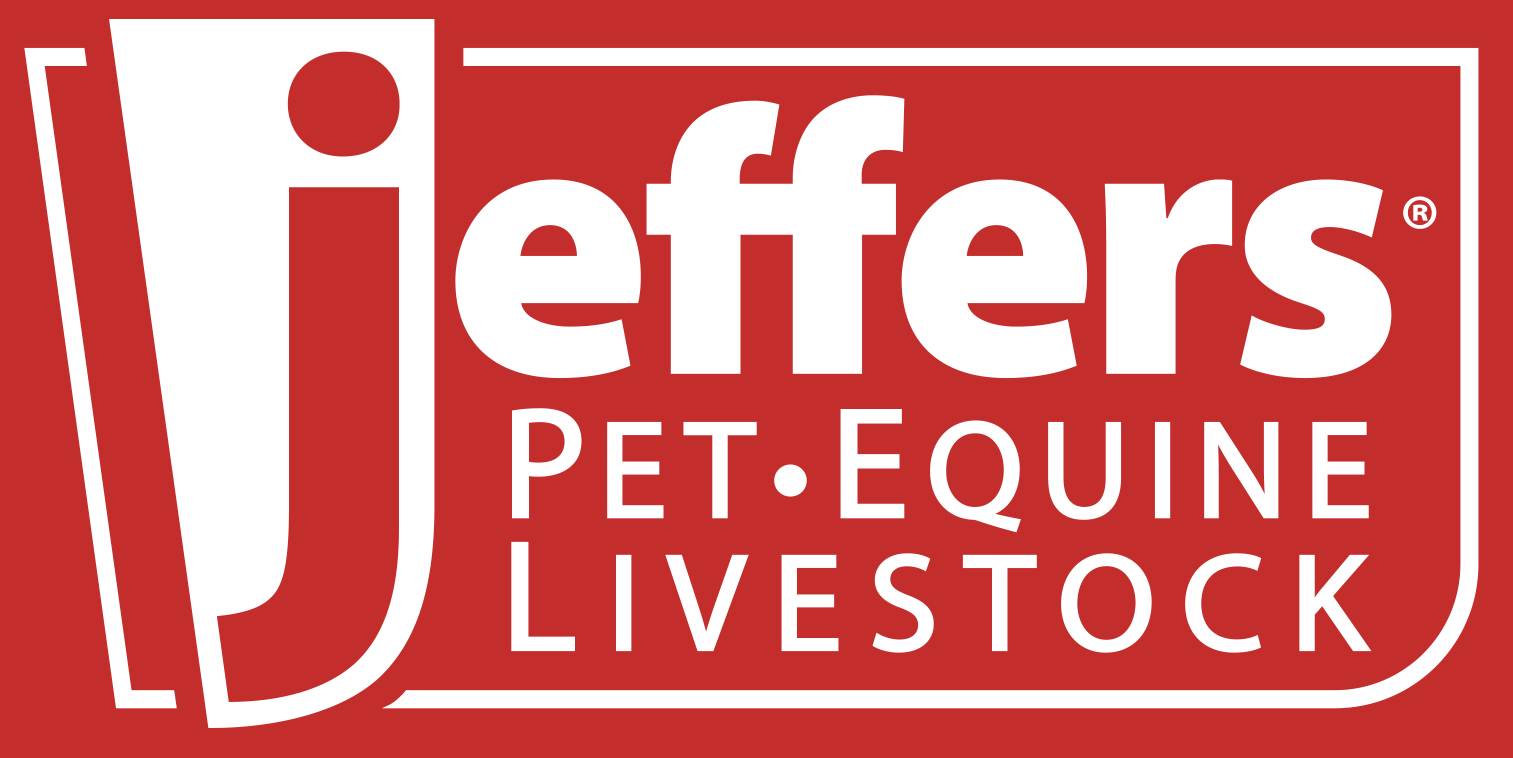Find a Halter that Suits You and the Horse
Posted February 16, 2015 in Equine Blog by Jeffers Staff

One of the first tasks in owning a horse is buying a halter. If you’ve had horses raised out in a pasture that are not “halter-broke” until you put one on, you know the additional challenge of getting the horse calmed down enough to halter it.

If the horse has been out under the blue and stars most of its life, you’re not going to halter the horse by chasing it. Haltering is a matter of the horse trusting you – and trust that you aren’t going to do something it will fear when it’s haltered. There are many, many horse-training videos and instruction on this subject.
Let’s take this back to shopping for a halter. You know the size by measuring the horse. Here’s a blog on how to do it.
When you get to the feed, tack or pet store, take a look at the types of halters. There are several varieties – rope halters, strap halter and halters with adjustable chin or nose band straps. We’ll get to the breakaway halter in a sec.
Every name horse trainer you see on television or in the arena will have his choice for a horse halter. For our palomino Mac we use a string halter from Pat Parelli, the horse trainer, but other more inexpensive ones do just as well.
Look for a long lead rope attached with enough extra length to lunge the horse or otherwise train. This one fits easily under the bridle when riding, if needed, for an extra piece of rope to tie around the saddle horn if a bridle comes loose or a rein is lost.

We have a halter with the adjustable nosepiece because we had a horse that kept growing out of its halter and would outgrow anything we bought within six months. These are handy for colts and fillies you know will grow out of their halter. Another plus is that the halter can be adjusted for about any horse you have in your herd.
Now, let’s talk a little bit about tying horses. In our experience, there is no halter, rope or other device to restrain horses determined to get loose. Horses can, in spite of legend, break a nylon halter. Snapping a string halter is easy.
So always have a good rope-cutting knife nearby and use quick-release knots on the lead rope to tie a haltered horse. A horse can become entangled in a rope in seconds, particularly a frightened one.
A YouTube video demonstrates one quick-release knot. Mac is secured with his rope halter and a modified two-loop version of this knot (Note: The above photo is for demonstration only – tie horses to solid objects and not corral panels).

A blocker tie ring is a good idea to training horses to stand tied. The horse can pull back only so far from the ring affixed to a solid object, but a long lead rope on a halter will “give” enough so it won’t snap.
Now, about the breakaway halter: Such a halter is a good idea for any horse turned out in a halter, as some do, or a horse in a stall with a halter.

There is usually a leather crown piece or buckle connector piece that breaks when the horse loops his halter on an immobile object. As we said before, horses can get in trouble in seconds. Buy extra breakaway straps. You’ll need them.
When you select a halter, it’s OK to think about color and decorative features, too, but keep your own safety and the safety of the horse in mind when you select one.
Jeffers Equine carries a wide range of horse halters to suit you and your horse.
~ ~ ~ ~ ~ ~ ~ ~ ~ ~
Neal McChristy is a freelance writer with over 25 years journalism experience in magazine, newspaper and Web-based work. He has been contributing editor for a magazine column in the wide-format industry for seven years. He also has over 16 years’ experience as reporter and editor in the printing and imaging area. He and his wife have three horses. They were “green,” knowing little about horses when they began to acquire them in 1998. They learned about them through training lessons by Pat Parelli, John Lyons and others in the field of “gentle training” and “natural horsemanship”. Neal lives in Pittsburg, Kansas, and currently writes action-adventure novels, which he has done for over 10 years. You are welcome to contact him at freelance9@cox.net
